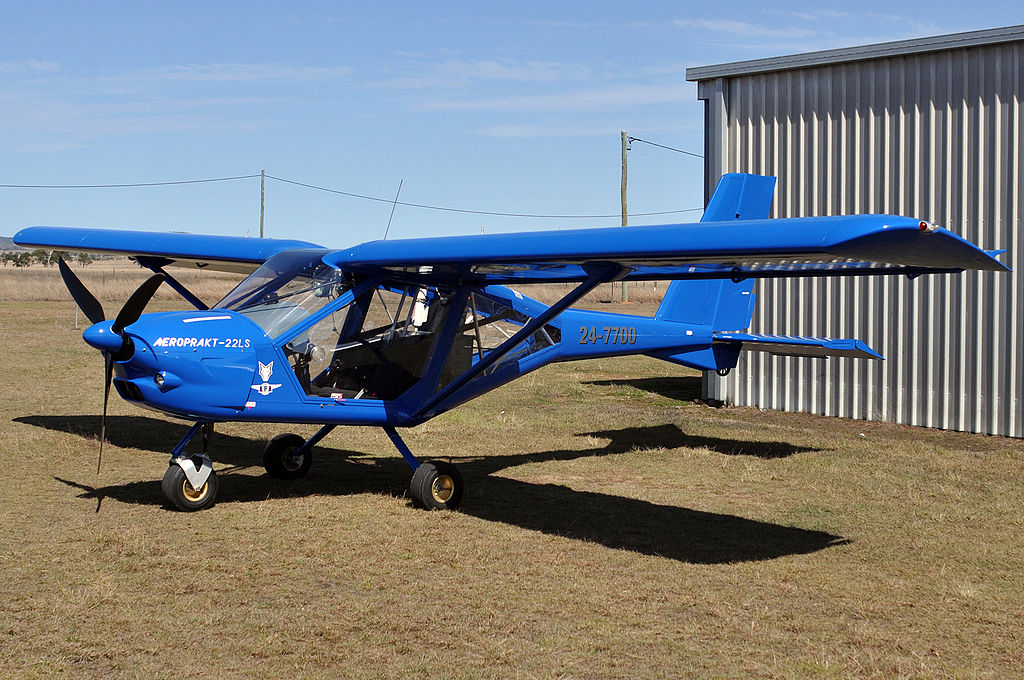Waiting for American Aid Vote, Ukraine Spares Russian Refineries and Pounds Military Targets Instead
Hailing the Ukrainian strikes, President Zelensky exclaims: ‘Thank you, soldiers. Thank you for your accuracy.’

With all eyes of Ukraine on tomorrow’s House vote on $61 billion in military aid to Ukraine, Kyiv’s drone army is bowing to political realities, shifting focus to Russian military targets from Russian oil refineries. Biden Administrations officials, fearing high gasoline prices this summer, have pressured President Zelensky to lay off the refineries.
For the last two weeks, Ukraine has not hit oil and gas installations. Instead, in a pounding series of drone and missile attacks over the last 48 hours, Ukraine has hit:
– A unique Westward-looking radar array deep inside Russia that tracked airplane takeoffs and missile launches as far away as London.
– Russia’s main helicopter and air defense base in northern Crimea. Ballistic missiles, probably American, took out radar systems and launchers of Russia’s most advanced air defense systems. Caught on video, the fires and explosions reportedly killed 30 soldiers and wounded 80.
– The main factory for making and repairing Tupolevs, the kind of bombers that destroyed Ukrainian power plants this spring.
The radar array was in Mordovia and the bomber factory was in Tatarstan. Both are ethnic republics hundreds of miles east of Ukraine. During the Cold War, Soviet planners chose these remote sites to shield them from air attacks from the West.

Ukraine’s Air Force does not have long range bombers. Instead, Ukraine’s Military Intelligence planned kamikaze attacks using home-made Aeroprakt A-22 Foxbat ultralight planes. Unlike the Mitsubishi Zero fighter planes that the Japanese Imperial Navy used 80 years ago against American warships, Ukraine replaced pilots with GPS, and then stuffed the cockpits with 400 pounds of high explosives.
The main target was “Container,” an over the horizon radar array that cost $110 million and entered combat duty five years ago. To survey Eastern and Western Europe, this one-of-a kind Russian radar relies on a nearly mile-long picket line of 145 radar masts, each 112 feet high. A second “Container” was planned for Kaliningrad, the Russian exclave on the Baltic. It was never built. For the attacker, the key was to find and hit the control center.
Foxbats fly at only 100 miles an hour, turning flights from Ukraine into lengthy, highly public marathons. Last week, Mordovian officials said they detected and shot down two Ukrainian drones at the site near Kovylkino, a town on the steppes eight hours east of Moscow.
However, on Wednesday morning, in plain daylight Russian air defenses failed. “The attack was successful and now the Russian over-the-horizon station is out of action,” Russian telegram channel VChK-OGPU reported yesterday. The channel, which claims Russian security sources, added: “The loss of the “Container” will deprive Russian air defenses of intelligence information and the possibility of early detection of tactical strike aircraft. It will be extremely difficult to fill the gap.”
Disabling this big radar array is part of a wider Ukrainian strategy to blind Russian forces on land and in the sky. The goal is to make Ukrainian skies safer for American-made F-16 fighter jets which are to start arriving this summer. European NATO nations have committed to giving Ukraine 100 F-16s over the next two years.
Earlier this year, Ukraine downed two of Russia’s AWACS-style Beriev A-50 radar planes. Earlier this week, seven Ukrainian kamikaze drones took out a Nebo-U radar station that monitored the eastern half of Ukraine from Russia’s Bryansk border region.
Valued at $100 million, this post-Soviet radar system was the third of its type to be taken out in Russia since September, according to Ukraine’s State Security Service. In February, a third Russian radar system fell victim to drones it failed to detect. Ukraine’s Military Intelligence agency, the GUR, said it destroyed a Kasta-2E2 radar station in Belgorod, close to the Ukrainian border.
In another long range attack, Ukrainian Foxbat drones flew 800 miles east of Ukraine to Kazan, capital of Tatarstan. On Wednesday morning, again in broad daylight, they hit the Gorbunov Aviation Plant, maker of Tu-22M and Tu-160M supersonic bombers.
Details of damages are not known. In 1941, this aircraft plant was moved from Moscow 500 miles east to Kazan to get out of range of German bombers.
This week’s most spectacular attack, as documented by videos of explosions and fires, was the pre-dawn Wednesday attack on Russia’s Dzhankoi military airfield. Attached to a road and rail hub, this is the main base in northern Crimea for assault and supply helicopters backing Russian troops in southern Ukraine.
Yesterday, Ukrainian Military Intelligence said on Telegram that Kyiv “destroyed or critically damaged” four launchers of the S-400, Russia’s most powerful surface to air defense system. In addition, losses included three radar stations, an air defense control point, and ‘Fundament-M’ air surveillance equipment.
Pro-Ukrainian blogger Crimean Wind claims that at least 30 Russian soldiers died and more than 80 were wounded. Roads around the base were closed, but medical helicopters could be seen ferrying the wounded to a military hospital in Sevastopol.
A Russian military blogger, Rybar, said the Ukrainians hit the base with 12 US-made ATACMS missiles. The fires were so great that they were recorded by thermal-imaging cameras aboard satellites operated by NASA, reports the Kyiv Post.
“A US Air Force Global Hawk reconnaissance drone was in the air above the Black Sea, some 360 km south of the airfield,” Post military reporter Stefan Korshak reported, citing open source information. “The $220 million Global Hawk with call sign Forte12 had been patrolling in air space south of Crimea for at least three hours prior to the strike. The aircraft headed back to its base in Sicily shortly after sunrise.”
“Ukrainian strikes against Russian aviation assets in occupied Crimea, as well as within Russia, appear to represent a fairly coordinated and wide-reaching series of strikes specifically targeting Russian aviation, air defense, and radar detection capabilities,” the Washington-based Institute for the Study of War writes in an analysis of the week.
Mr. Zelensky was more succinct, exclaiming in his Wednesday evening video talk to the nation: “Thank you, soldiers, thank you for your accuracy.”
From Moscow, Russian military analyst Vladislav Shurygin groused on state TV that the Kyiv used ATACMS missiles for ‘“target practice, ” preparing to attack the Kerch bridge, the 11-mile road and rail span that connects Crimea with mainland Russia. He predicted Ukraine will try to destroy the bridge in coming days, seeking to spoil Russia’s World War II Victory Day celebrations and May 9 Red Square parade.

